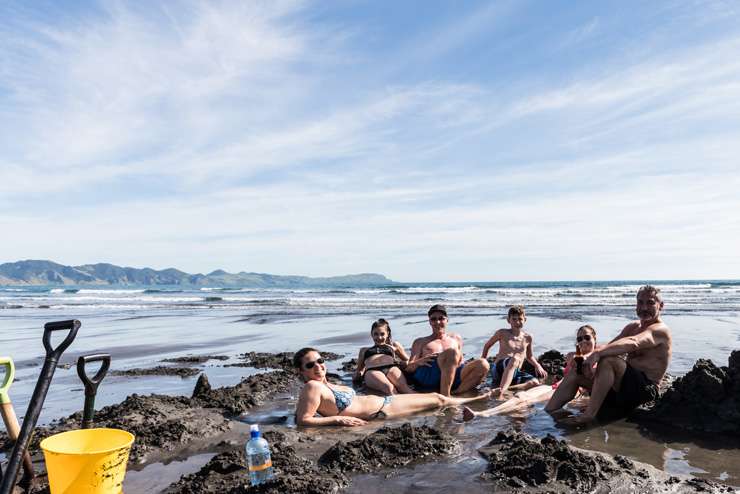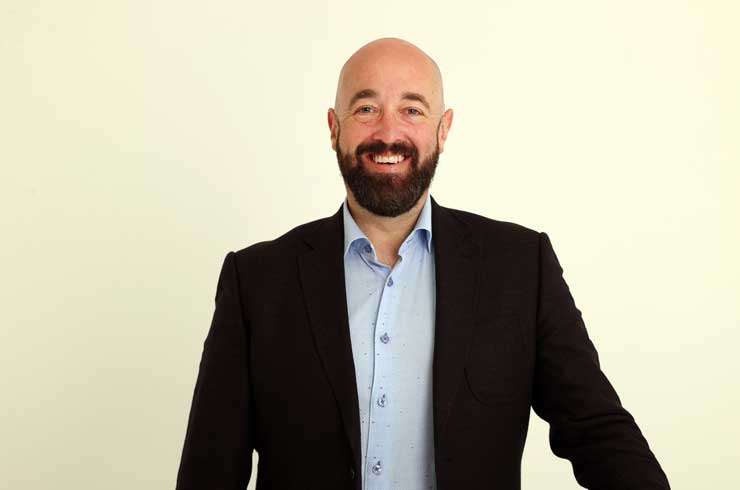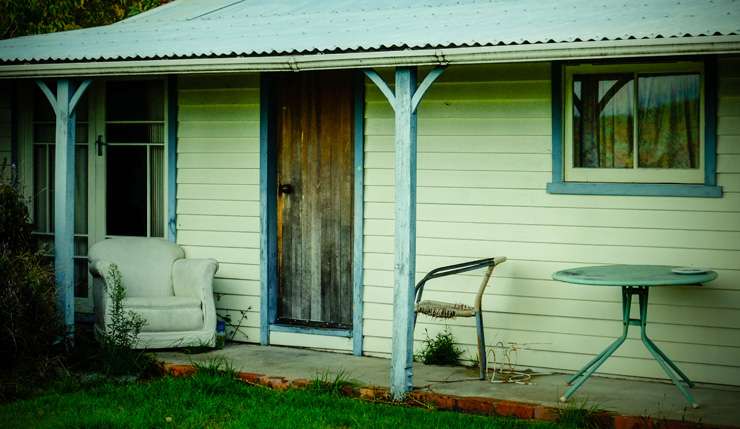Buying a bach or crib for the family to enjoy over decades is still the ultimate Kiwi dream. It’s a lot more difficult now than the days when families would build their own Fibrolite (asbestos cement) shack on site, or buy land, add a toilet and electricity, and camp.
These days, seven-figure mortgages, complicated tax bills, and designer decor are more likely to come up in conversation than the price of Fibrolite. But families still find ways to buy their own slice of paradise.
Baches come in all shapes and sizes. In Waihi Beach, for example, prices range from just under $400,000 to just over $4m. LJ Hooker principal Gary Always says simple baches are still in hot demand, but not all will survive the wrecking ball, however. “Old-school baches are unfortunately becoming a thing of the past. People want holiday homes that are more up to date.”
Chris Farhi, head of insights at Bayleys, says Kiwi attitudes to baches have also changed, with many recent buyers treating beach houses as their permanent home. “We’re seeing increasing numbers of buyers who are planning to permanently locate into holiday home locations,” he says.
Start your property search
“Remote working means some professionals are infrequently in the office, so they’re taking the opportunity to permanently reside in the place that they love. This has the potential to impact market pricing dynamics because some buyers will be able to price properties as their main home, rather than as a second home.”
1. What you can expect to pay
Luxury holiday homes can sell for more than $10m, but those looking for something more affordable, it’s worth hunting outside the most desirable beach towns.
Palmerston North Century 21 principal Tim Kearins thought just that after visiting Kawhia, on Waikato’s west coast, an hour’s drive south of Raglan. The coastal spot’s average property value is $620,000 – half of the average property value in Raglan.
“There are some lovely Waikato beaches that Auckland [buyers] may not be aware of. Kawhia is old New Zealand, like Whitianga, in the Coromandel, was 30 years ago,” Kearins says.

The beach at Kawhia, in Waikato. The coastal spot's average property value is $620,000. Photo / Getty Images
Further south, in Mangakino, on the edges of Lake Maraetai, in Taupo, the price of renovated baches start in the mid-$400,000s, while buyers who are willing to take on a renovation project can buy something for less.
South Islanders can pick up sections on the West Coast for as little as $50,000, with homes on the coast some of the cheapest in New Zealand.
2. Getting finance
Getting finance to buy a bach is often the hardest step, but the good news is that holiday homes can be bought with a 20% deposit, even if the buyers plan to let them out for a small number of days a year. “It’s a little quirk [of the LVR rules] where you can borrow up to 80%,” mortgage broker Rupert Gough says. “The consistent wording across all [bank] policies seems to be that a bach ‘must receive minimal rental income’.”
Buyers who want to let the property short- or long-term fall under the LVR rules for rentals and need a 40% deposit unless buying a brand-new property when only 20% is needed. And if they want to turn their bach into a short-term rental, they can’t count the potential income against their mortgage repayments and will have to prove to a lender that they can afford to pay the entire mortgage, over and above their existing commitments.
That’s because short-term rental income is viewed by the banks in the same way as self-employed income and needs two years of accounts to prove, which buyers don’t have when purchasing. “You can’t really prove that ahead of time unless there was a long-term tenant there,” Gough says.
He urges buyers to be up front with their lender.
Buyers sign declarations when buying any home, so pretending a purchase won’t be let to paying tenants or falsely promising that it will be let to long-term tenants can end in trouble.
Having said that, turning a long-term rental property
into a short-term one after a reasonable period of time won’t be a problem for most banks, says Gough.

Mortgage Lab mortgage broker Rupert Gough urges buyers to be upfront with their lender. Photo / Fiona Goodall
“It’s the same as changing jobs in two years’ time and taking a pay cut. You don’t need to tell the bank.”
Finding long-term tenants isn’t difficult. Farhi points out that in most holiday locations long-term rentals have very low vacancies. “This is largely due to properties being pulled into short-stay services such as Airbnb rather than being offered as permanent rentals. For example, Whitianga currently has half a dozen rental listings, but there are a couple of hundred Airbnb options.”
3. Maximising income
It’s easy to let baches on the short-term rental market over Christmas/New Year and on long weekends. But for a decent return owners need to do some serious marketing to keep the place full and maximise income.
Gone are the days of having one rental for the winter and short-term tenants in the summer. The Residential Tenancies Act (1986) makes it difficult to get winter tenants to leave for the summer holiday period, unless the owners are moving back in as their main home.
The next problem is that letting through the likes of Airbnb or Bachcare, isn’t always straightforward.
Owners complain that when tenants do damage or hold parties the agencies don’t have their backs.
4. Tax obligations
Income from bach letting is fully taxable. The rules aren’t entirely simple and it can be a good idea to use an accountant.
The most common tax rule that applies to a holiday home is the Inland Revenue Department’s mixed use asset rule where there is both business and private use.
The rule allows owners to deduct direct costs such as cleaning after a paid guest, but only apportion other expenses such as rates and insurance according to the number of days used as a business.
Like other rental properties, mortgage interest deductibility is being phased out, although newbuilds are exempt. Also like other rental properties, “ring fencing” applies whether it’s a new-build or not. Ring fencing means if a property makes a loss it can’t be claimed against the owner’s other income.

A basic Kiwi bach can still be an expensive purchase, if you're buying in a popular location. Photo / Getty Images
It can only be offset against future rental income, which needs the property to make a profit.
Occasionally a “bach” or holiday home is registered for GST. Anyone purchasing such a holiday home needs to seek specialist tax advice.
So too does anyone who expects to make more than $60,000 a year in rent on the property.
5. Insurance
Insuring baches, especially those that are let for short-term rentals, can cost more than a regular owner-occupied property.
Rene Swindley, chief executive of specialist insurer Initio, says insuring baches, especially those that are let to short-term paying guests, can cost more than a regular owner-occupied insurance policy.
“This is because of the increased risk associated with periods of un-occupancy and also the damage that can be caused by guests. Some bach insurance policies also cost more because they provide cover for loss of rental income should the bach become unliveable.”
Global warming is proving a hot topic for bach owners as well. Some may be inundated as sea levels rise. The irony is that the most expensive holiday homes are often at greatest risk because they are on the waterfront.
Because of this, insurers are shifting to risk-based pricing models, which will affect baches more than other properties given that baches are most often closer to the coastline, lakes and waterways.


















































































